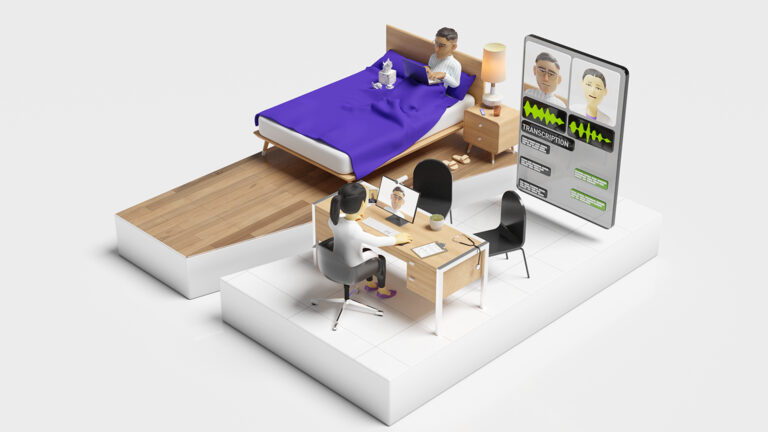 Imagine an application that can sift through mountains of patient data, intelligently searching and answering questions about diagnoses, health histories, and…
Imagine an application that can sift through mountains of patient data, intelligently searching and answering questions about diagnoses, health histories, and…
Imagine an application that can sift through mountains of patient data, intelligently searching and answering questions about diagnoses, health histories, and more. This AI-powered virtual “clinical assistant” could streamline preparation for an appointment with a patient, summarize health records, and readily answer queries about an individual patient. Such a system can also be fine-tuned to…
Source
 Integrate RTX into your own game and understand what ReSTIR means for the future of real-time lighting in this May 21 webinar.
Integrate RTX into your own game and understand what ReSTIR means for the future of real-time lighting in this May 21 webinar.

 Imagine an application that can sift through mountains of patient data, intelligently searching and answering questions about diagnoses, health histories, and…
Imagine an application that can sift through mountains of patient data, intelligently searching and answering questions about diagnoses, health histories, and… During the IEEE International Conference on Robotics and Automation (ICRA) May 13-17 in Yokohama, Japan, many people will be discussing geometric fabrics. That…
During the IEEE International Conference on Robotics and Automation (ICRA) May 13-17 in Yokohama, Japan, many people will be discussing geometric fabrics. That… NVIDIA DeepStream is a powerful SDK that unlocks GPU-accelerated building blocks to build end-to-end vision AI pipelines. With more than 40+ plugins available…
NVIDIA DeepStream is a powerful SDK that unlocks GPU-accelerated building blocks to build end-to-end vision AI pipelines. With more than 40+ plugins available… In today’s data-driven landscape, maximizing performance and efficiency in data processing and analytics is critical. While many Databricks users are familiar…
In today’s data-driven landscape, maximizing performance and efficiency in data processing and analytics is critical. While many Databricks users are familiar…